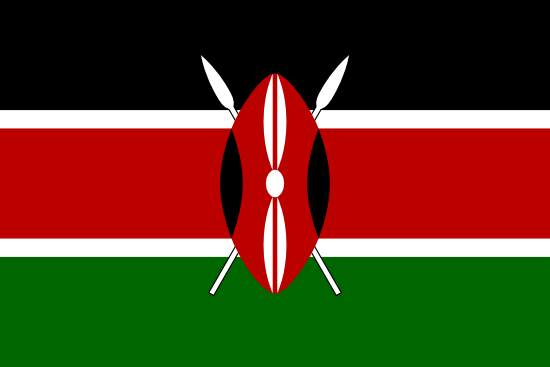The establishment and management of protected and conserved areas is guided by various national laws and policies and international protocols. The policy instruments also guide the participation in the governance of these areas. The areas are categorized as National Parks, National Reserves, Natural Forest Reserves, National Sanctuaries, Community Conservancies, Private Conservancies and Marine Co-managed Areas. Terrestrial parks and reserves cover 5.08% and 3% of the total land mass in Kenya. Natural Forest Reserves, Sanctuaries and Conservancies cover 4.2%, 2% and 11% of the country’s landmass respectively. There are four Marine Parks and six Marine Reserves that cover approximately 0.67% of Kenya’s Exclusive Economic Zone.
These protected and conserved areas are critical to biodiversity conservation as they are home and refuge to diverse fauna and flora with varied endemism. Some are Key Biodiversity Areas and enhance protection of species that are either Near Threatened, Vulnerable, Endangered, or Critically Endangered. There are efforts to maintain the integrity of these areas through different mechanisms aimed at strengthening protection and enhancing participatory management. There are also efforts to enhance connectivity through wildlife corridors on terrestrial systems and there are discussions on establishing the Kwale-Tanga Transboundary Conservation Area (TBCA) in the coastal and marine system.
To achieve this target, considerable efforts need to go towards streamlining the identification and reporting of Other Effective Area-based Conservation Measures into existing policies, supporting co-management efforts and strengthening equitable and fair governance. Partnership at all levels will be key in consolidating existing funding. Budgetary allocation at the national level and exploring additional funding from development partners and multilateral donors.
